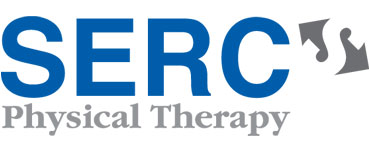Tarsal Tunnel Syndrome
What is Tarsal Tunnel Syndrome?
Similar to carpal tunnel, tarsal tunnel syndrome (TTS) happens as a result of pressure on the tibial nerve which runs through the canal formed between the medial malleolus and ligaments on the inside of the ankle. Inside the tunnel are nerves, arteries and tendons that provide movement to the foot. Symptoms occur when there is compression of the tibial nerve. TTS can be caused by flat feet, swelling, diseases such as arthritis or diabetes or an enlarged structure such as a varicose vein or a benign tumor.
Symptoms of Tarsal Tunnel Syndrome
- Shooting pain in the foot
- Numbness in the toes
- Pain or a tingling/burning sensation over the base of the foot/heel
- Ankle pain and sometimes cramping
- Pain or sensations worsening with prolonged activity such as standing or walking
How We Treat Tarsal Tunnel Syndrome
In order to treat TTS effectively, it is important to complete a thorough examination of the entire lower extremity. Once the true cause is identified, a comprehensive treatment program can be initiated to reduce inflammation and improve any faulty lower extremity biomechanics.
Treatment Options may Include:
- Education about lifestyle changes (i.e. proper shoes, weight management program)
- Joint mobilization/manual therapy
- Proprioceptive/gait training
- Strengthening/flexibility exercises
- Home exercise program
- Modalities for pain and inflammation (i.e. ultrasound, iontophoresis, electrical stimulation, ice)
- Methods to alter faulty mechanics (i.e taping, orthotics)
*Services are not available at all locations. Call or click the location page near you for that center’s services.
What to Expect
Every patient has a unique health history, diagnosis and personal goals. When you come for your first appointment, we will create a personalized treatment plan for you.
We work with most major insurance providers and do our best to help keep the paperwork pain-free. If you’d like to confirm your insurance coverage, please let us know and we can verify when you schedule. If your insurance provider requires a co-pay, we will ask for this payment at each visit. We accept payments by cash, check or credit card.
When to Arrive
On average, a patient’s first visit lasts about an hour. We typically ask patients to arrive 15 minutes early to sign-in, complete paperwork and/or change clothes.
What to Bring
On your first visit, you’ll need to bring your physician referral or prescription (if needed), your insurance card, your primary registration forms, your ID or driver’s license and your co-payment (as applicable). If desired, you may bring a change of clothing.
How it Works
During your first visit, your physical therapist will do an initial evaluation and discuss your plan of care. The therapist uses this information to set goals for your continued treatment. Physical therapy goals may include improved movement, strength, endurance and flexibility, as well as decreased pain. Your subsequent visits will focus on treatment that is based on your diagnosis and individualized goals.
